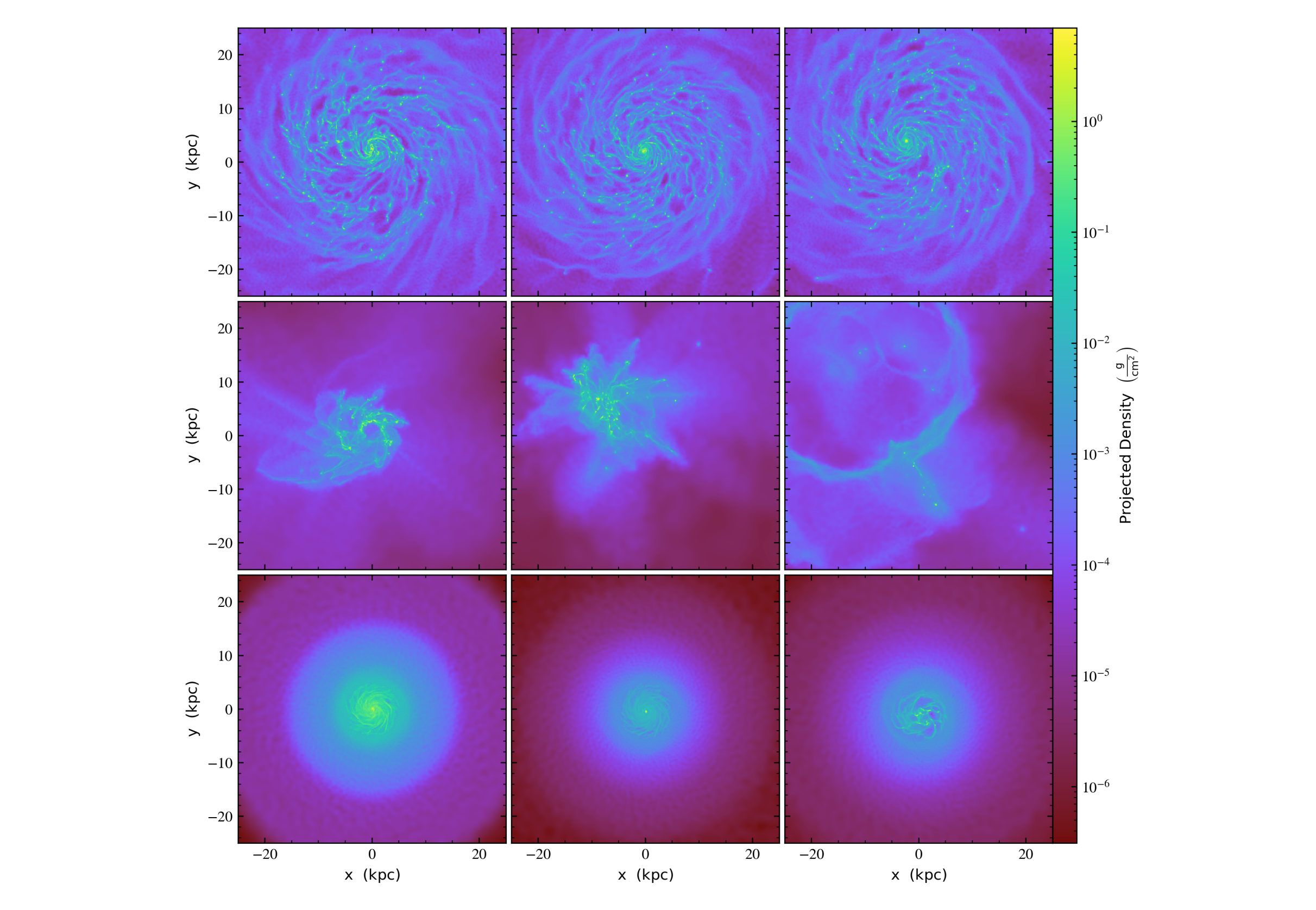A Framework for Modeling Polycyclic Aromatic Hydrocarbon Emission in Galaxy Evolution Simulations

We present a new methodology for simulating mid-infrared emission from polycyclic aromatic hydrocarbons (PAHs) in galaxy evolution simulations.
To do this, we combine theoretical models of PAH emission features as they respond to varying interstellar radiation fields, grain size distributions, and ionization states with a new on-the-fly model for dust evolution in hydrodynamic galaxy simulations.
We apply these models to 3 idealized arepo galaxy evolution simulations within the smuggle physics framework. We use these simulations to develop numerical experiments investigating the buildup of PAH masses and luminosities in galaxies in idealized analogs of the Milky Way, a dwarf galaxy, and starburst disk. Our main results follow. Galaxies with high specific star formation rates have increased feedback energy per unit mass, and are able to efficiently shatter dust grains, driving up the fraction of ultra small grains.
At the same time, in our model large radiation fields per unit gas density convert aliphatic grains into aromatics. The fraction of dust grains in the form of PAHs (q_PAH) can be understood as a consequence of these processes, and in our model PAHs form primarily from interstellar processing (shattering) of larger grains rather than from the growth of smaller grains.
We find that the hardness of the radiation field plays a larger role than variations in the grain size distribution in setting the total integrated PAH luminosities, though cosmological simulations are necessary to fully investigate the complex interplay of processes that drive PAH band luminosities in galaxies. Finally, we highlight feature PAH strength variations, cautioning against the usage of emission templates with constant feature strength ratios.
Desika Narayanan, J.D. Smith, Brandon Hensley, Qi Li, Chia-Yu Hu, Karin Sandstrom, Paul Torrey, Mark Vogelsberger, Federico Marinacci, Laura Sales
Comments: Submitted to ApJ; comments welcome
Subjects: Astrophysics of Galaxies (astro-ph.GA)
Cite as: arXiv:2301.07136 [astro-ph.GA] (or arXiv:2301.07136v1 [astro-ph.GA] for this version)
Submission history
From: Desika Narayanan
[v1] Tue, 17 Jan 2023 19:03:39 UTC (4,398 KB)
https://arxiv.org/abs/2301.07136
Astrobiology, Astrochemistry








